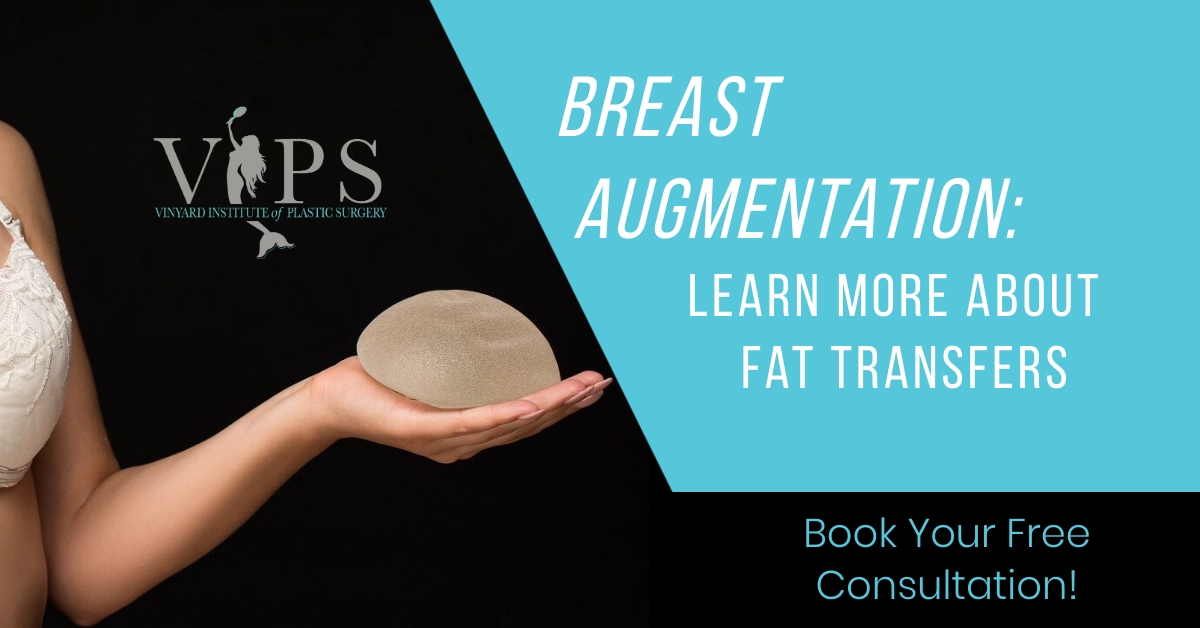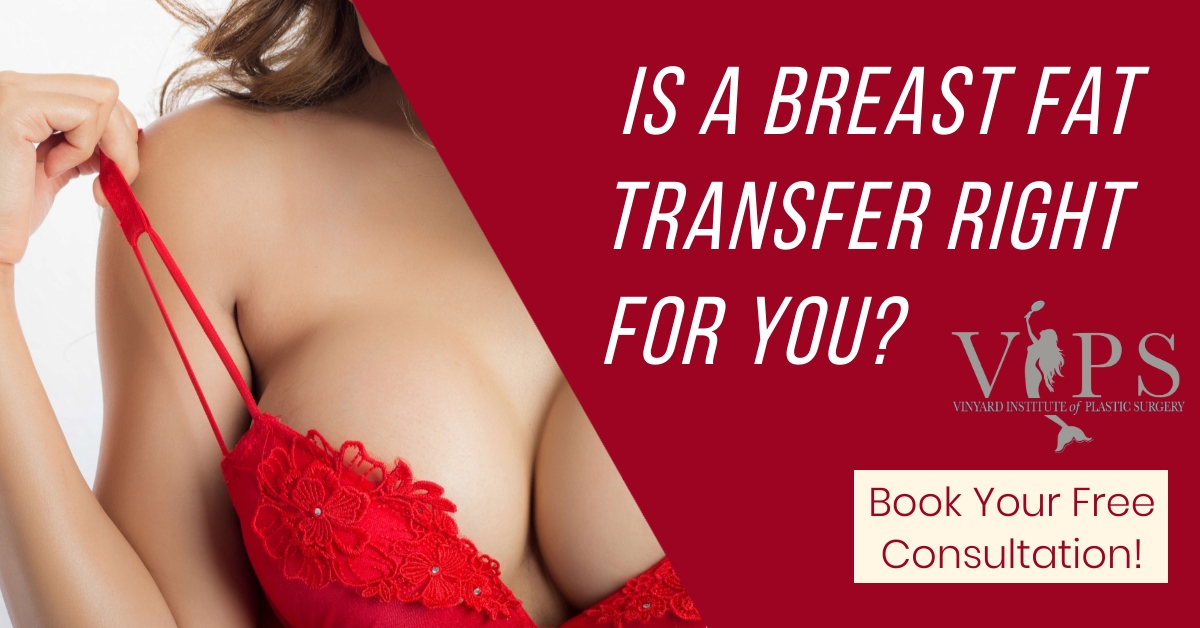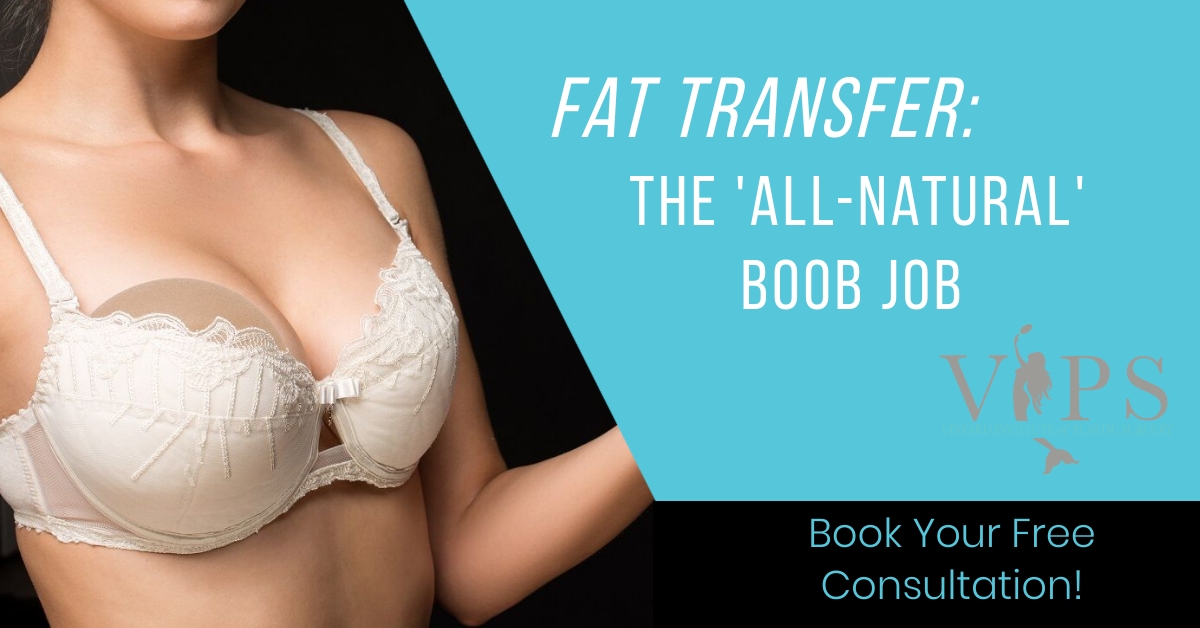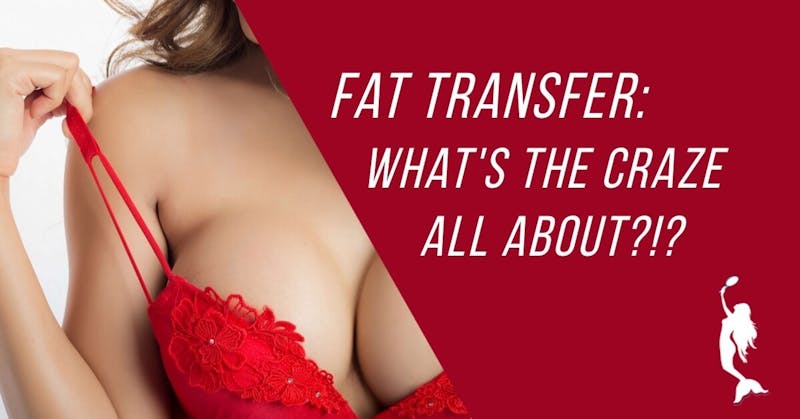
It’s widely known that since 2006, breast enhancement has remained the #1 cosmetic treatment in the United States. Every year, hundreds of thousands of women undergo the surgery. Fat grafting, a treatment where fat is taken from one location of the body and transferred to another, has also steadily increased.
Did you know that you can put these two procedures together? Breast enhancement performed by taking undesirable fat from one area of your body (such as the butt or thighs) and transferring it to your chest instead offers women who prefer more holistic and natural remedies an option when it comes to avoiding implants.
Let’s talk about this increasingly popular procedure. 72% more breast augmentations by means of fat transfer were performed in 2016 than in 2015. Why the sudden interest? It’s time for you to find out!
What is a Breast Augmentation with Fat Transfer Actually?
Fat transfer breast enhancement, medically described as “enhancement mammoplasty utilizing autologous fat transfer,” uses liposuction to remove fat from one part of your body, most commonly the tummy, upper legs, or flanks (love handles), and infuses it instead into your breasts.
Less fat where you hate it, more plump up top. Isn’t that the dream?
7 Benefits of Breast Augmentation with Fat Transfer!
#1: No man-made materials. If you like the idea of using your own fat rather than a silicone implant, the natural boob job might be right for you.
#2: The “natural boob job” has a more natural feel than silicone implants.
#3: Avoid some conventional breast implant issues such as capsular contracture (the formation of a capsule around the breast enhancement that is sometimes noticeable or uncomfortable), rippling, implant infection, and implant leakage or failure.
#4: No scarring! Any existing scarring is practically unseen to the untrained eye.
#5: No need to worry about changing out implants down the road from ageing or rupturing.
#6: Enhancement by means of fat transfer offers extra adaptability; the quantity and also place of the fat is specifically tailored to the individual person's needs and desires.
#7: Get rid of fat from areas of the body where it is undesirable. This is obviously one of the most notable benefits for those wanting to move their frustrating pockets of fat to an area that benefits them.
Remove fat from your tummy, upper legs, or love handles.
How Is The Procedure Performed?
First, the plastic surgeon chooses a “contributor site.” The fat is then extracted utilizing a special lipo method that prevents the destruction of living fat cells, removal without ruining the cells. After processing the suctioned fat and fluid back into pure fat, the cosmetic surgeon meticulously injects thousands of individual fat droplets directly into the breasts. Through this process the fat is naturally incorporated right into the breasts’ matrix of adipose (fat) cells, leading to bigger breasts.
Who Is A Suitable Candidate for Breast Augmentation by Fat Transfer?
Ideal prospects for fat transfer breast augmentation are patients who prefer a moderate rise in bust size without a considerable demand for bust lift, and also who have ‘excellent fat’ in sufficient amounts in donor sites. An individual's health as well as relative weight are crucial criteria.
Younger individuals who do not smoke are the most likely to have healthy fat stores to pull from.
Can Fat Transfer Be Integrated With Implants?
In a word, yes, though typically it would be done to correct errors with previous breast implantations. In these situations the implant is normally placed below the muscle, known as the subpectoral placement.
Why Would You Integrate The Two Methods?
When made use of in combination with a breast implant, the fat graft typically serves as a contouring agent to assist with better controlling the overall shape and contour of the breast. It can properly fill in voids and volume around the implant to achieve the precise ideal shape.
Fat transfer can also help women who have previously undergone traditional breast enhancement. For example, if a previous breast implantation left breasts uneven or nipples pointing outward. To make a final decision on whether one procedure, or a mix of the two is ideal, consult your plastic surgeon.
How Long Is Recovery For A Breast Augmentation With Fat Transfer?
Unlike breast enhancement with implants which only requires healing from the surgery, fat transfer breast augmentation requires recovery from both the fat harvesting treatment and the procedure moving the collected fat to the breasts.
The fat harvesting treatment is essentially a liposuction surgery procedure. There is typically 7-14 days of swelling and bruising following this portion of the procedure, but it could take up to 3-6 months for complete restoration. (The quantity and duration of swelling, as well as bruising, is normally proportional to the amount of fat collected.) Most individuals require 1 week off of job or college classes, and should expect to be able to resume working after that 1 week period.
Most patients require 1 week off from their job or college classes after fat grafting.
Recovery to the breasts from fat transfer enhancement typically takes 6-12 weeks.
Postoperative discomfort to the breasts after fat transfer enhancement is substantially milder compared to the recovery pain following a boob job with implants. Pain can be effectively managed with 1-2 days of numbing pain medicine, then with Tylenol in the following days. A shot of exparel liposomal bupivcaine at the time of surgical treatment may also help negate the need for narcotics entirely.
What Is The Typical Breast Augmentation Fat Transfer Cost?
The nationwide average cost for breast enhancement with fat transfer is $6,525, compared against the average cost of breast augmentation with implants around $6,300.
In comparing the pricing between the two methods, it should also be noted that since 50% to 65% of the grafted fat might be soaked up in the fat transfer breast augmentation, it may require several surgeries to achieve the desired results with fat grafting, whereas breast enhancement with implants typically only requires one procedure to accomplish ideal dimension.
Could it be too good to be true?
Nope! But here are three things to consider when deciding between breast enhancement through fat transfer or through in…
#1: Approximately 50-65% of the fat graft will certainly be long-term, but there is always the possibility of unequal reabsorption will result in asymmetry which might require additional fat grafting. Results of implant-based breast augmentation are more predictable, since inanimate, equivalent inserts are placed into the client's breasts, without the risk of reabsorption. However, there’s no need to fear, your plastic surgeon will be able to help you envision what the final results from your procedure will be.
If your surgeon follows the guidelines of fat grafting, then the loss of fat should be quite symmetrical.
#2: Results of fat transfer to the breasts depend mostly on the viability of the patient’s fat cells. Keep in mind that fat cells moved to the busts will continue to behave like the fat cells they are. Weight gain will cause them to increase in size, while weight loss will make them decrease.
#3: Also keep in mind that the aging process will not be altered: the form of the breasts will continue to change over time. They will eventually sag just as natural breasts do.
